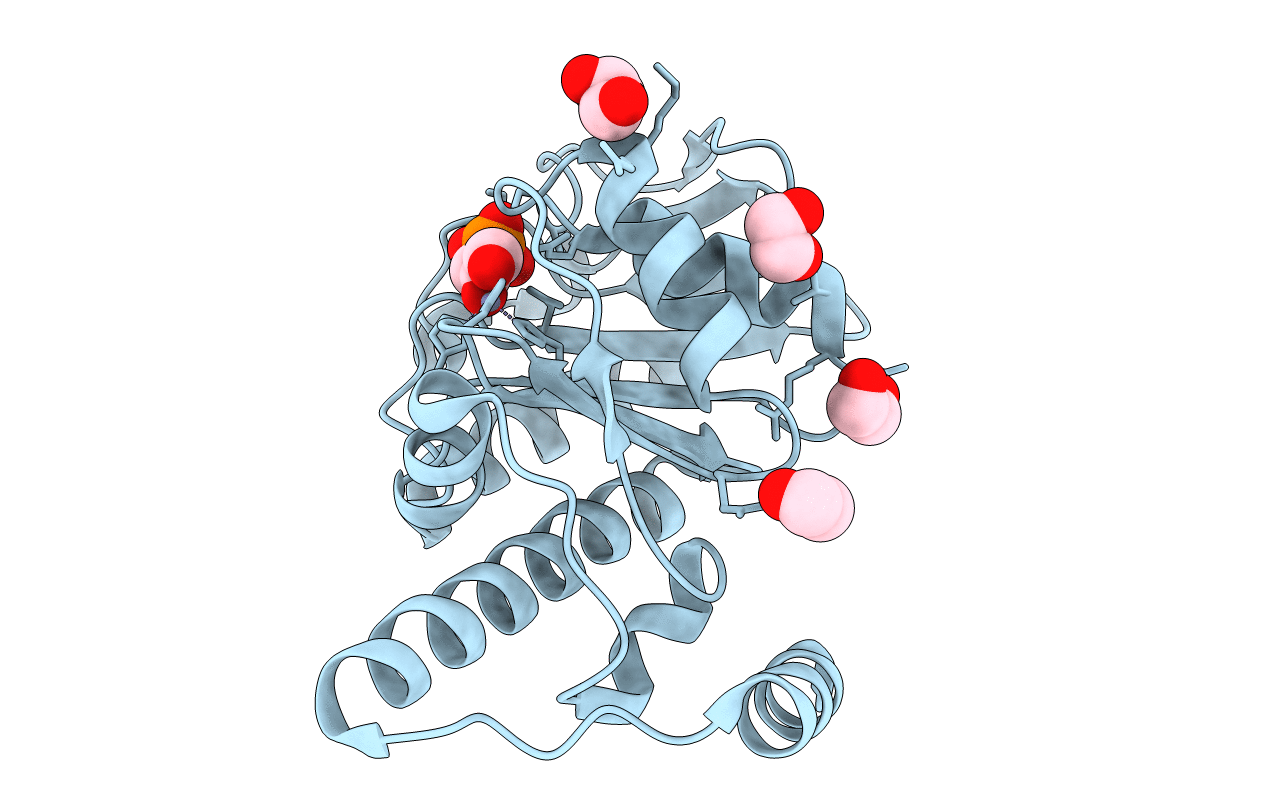
Deposition Date
2013-08-16
Release Date
2013-12-18
Last Version Date
2023-12-20
Entry Detail
Biological Source:
Source Organism:
STREPTOCOCCUS PNEUMONIAE (Taxon ID: 170187)
Host Organism:
Method Details:
Experimental Method:
Resolution:
2.03 Å
R-Value Free:
0.27
R-Value Work:
0.22
R-Value Observed:
0.22
Space Group:
I 4


